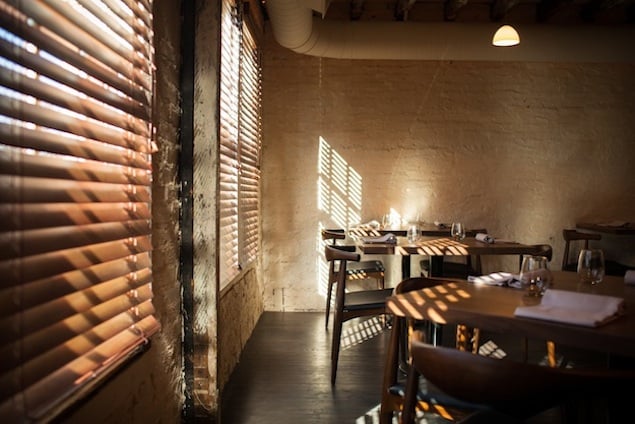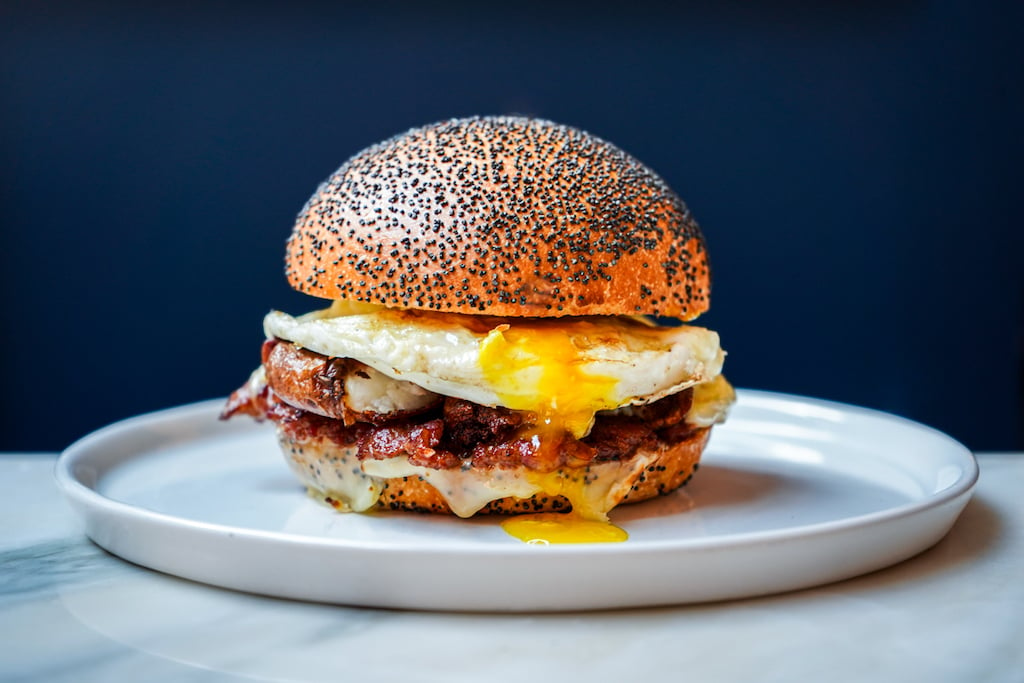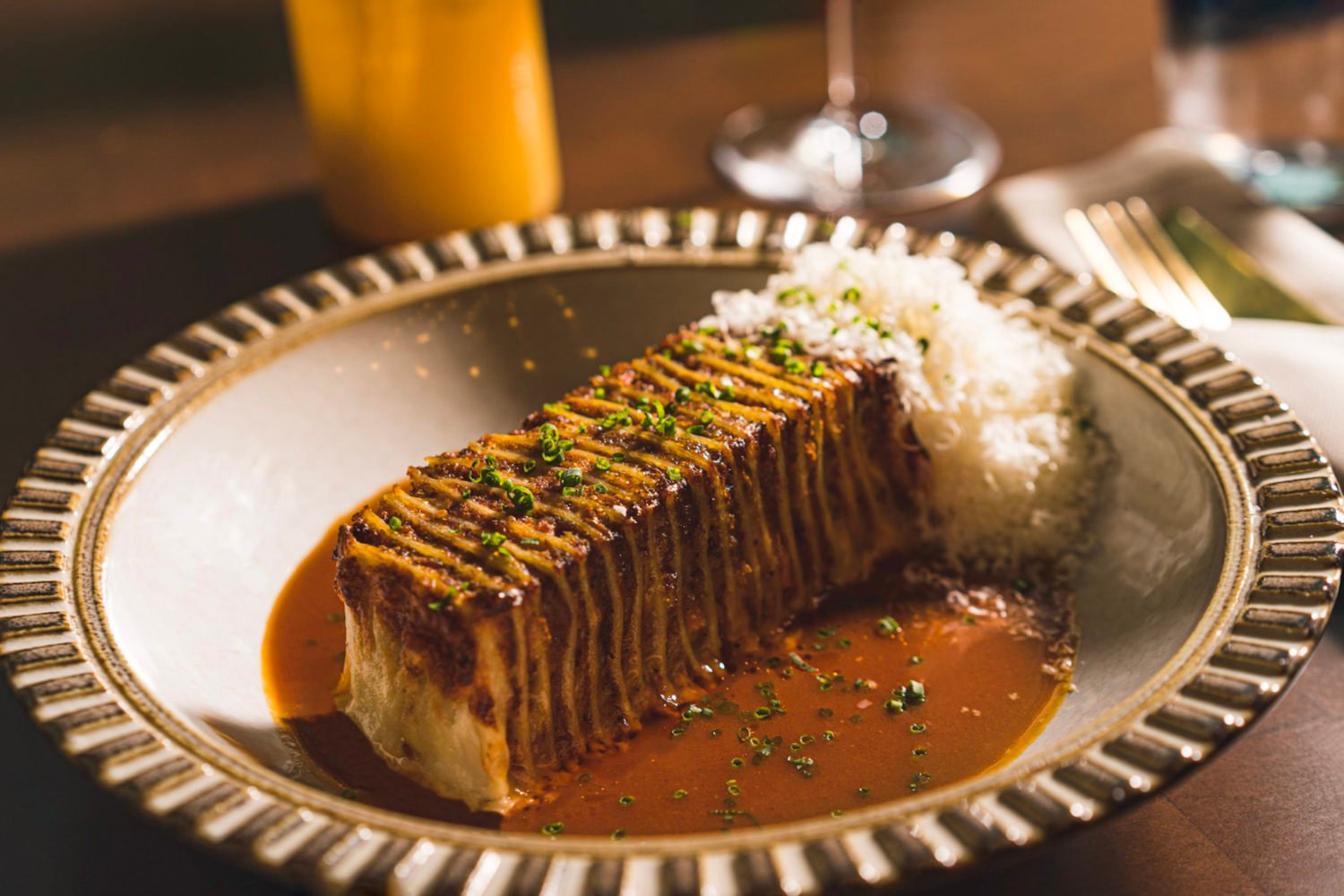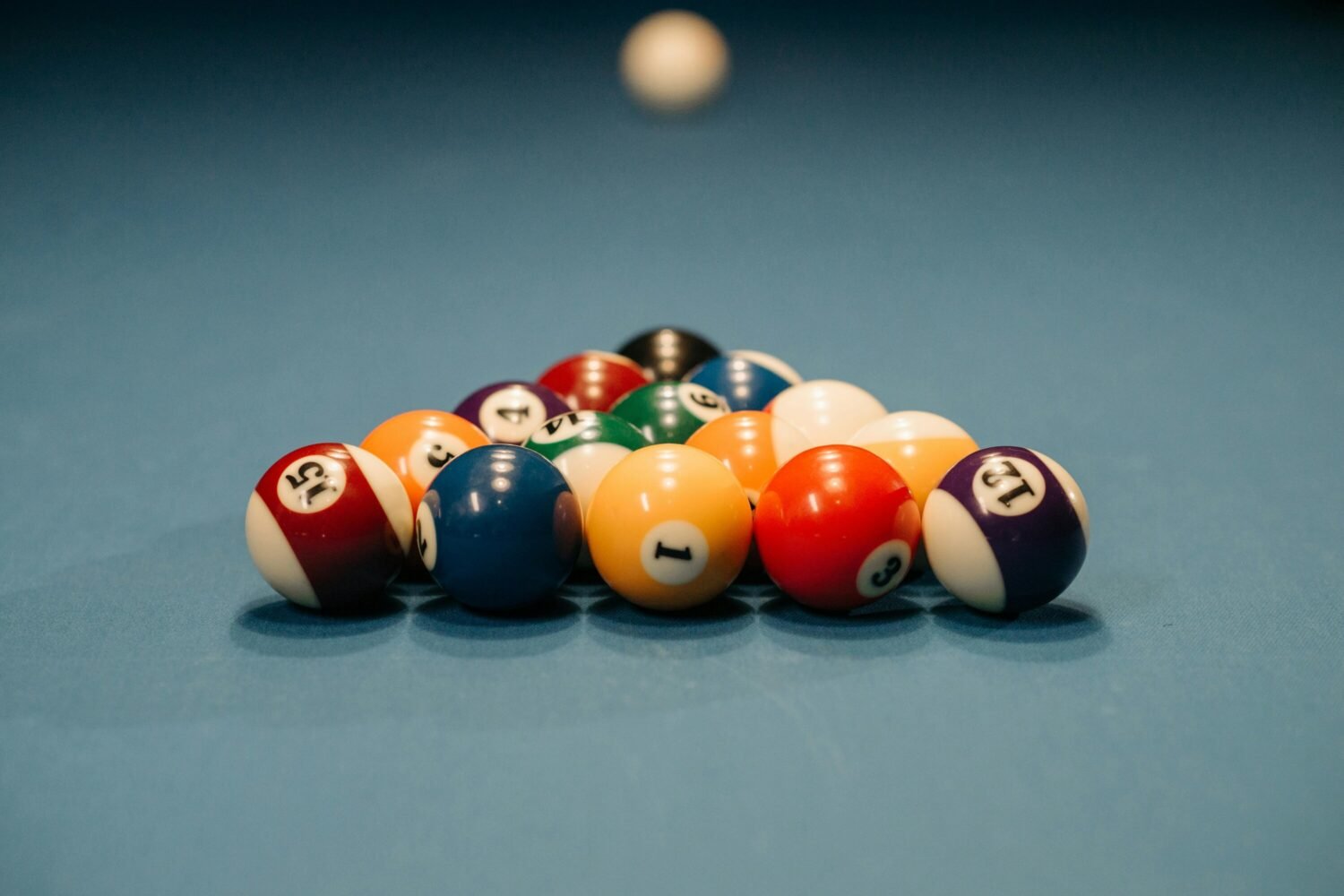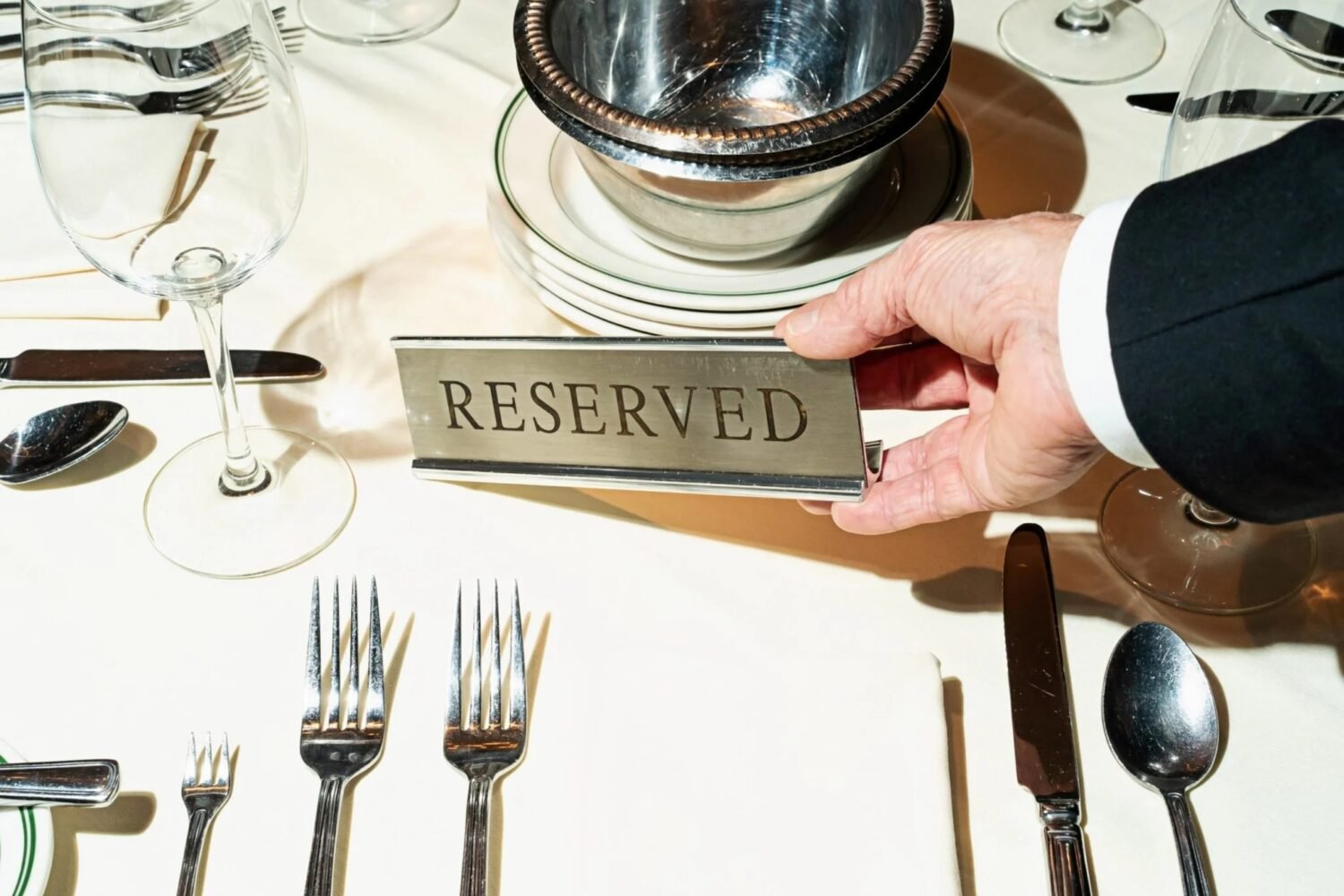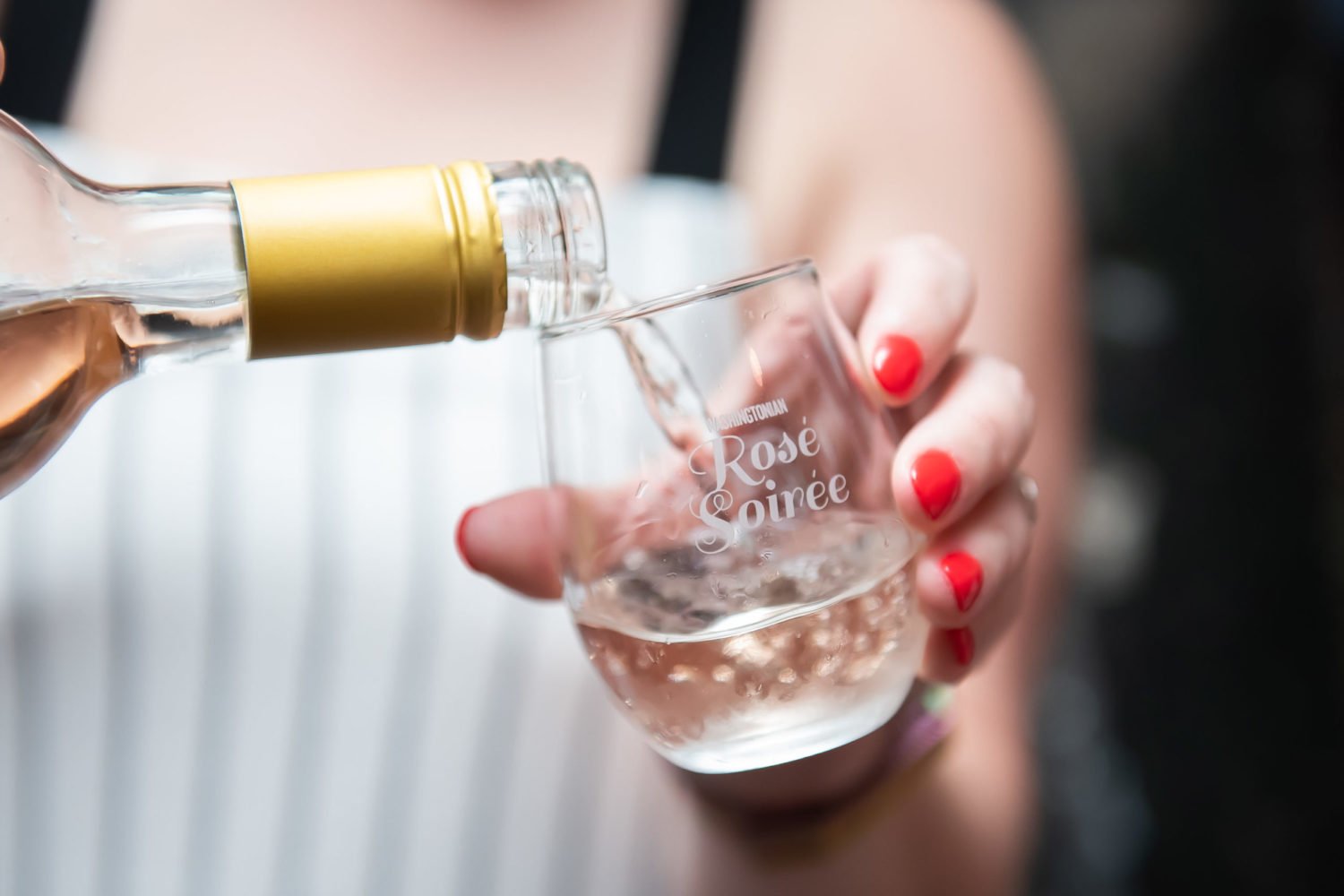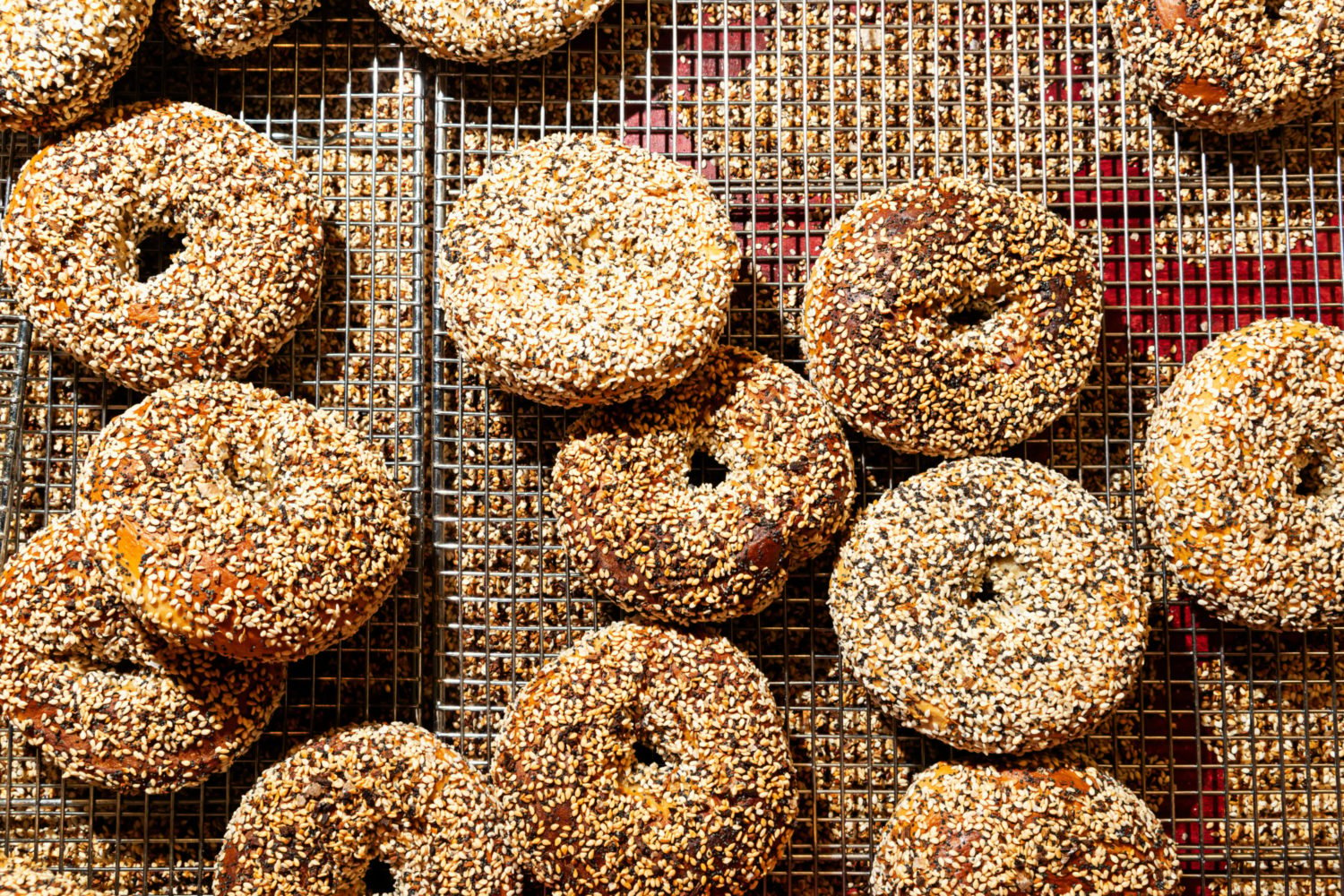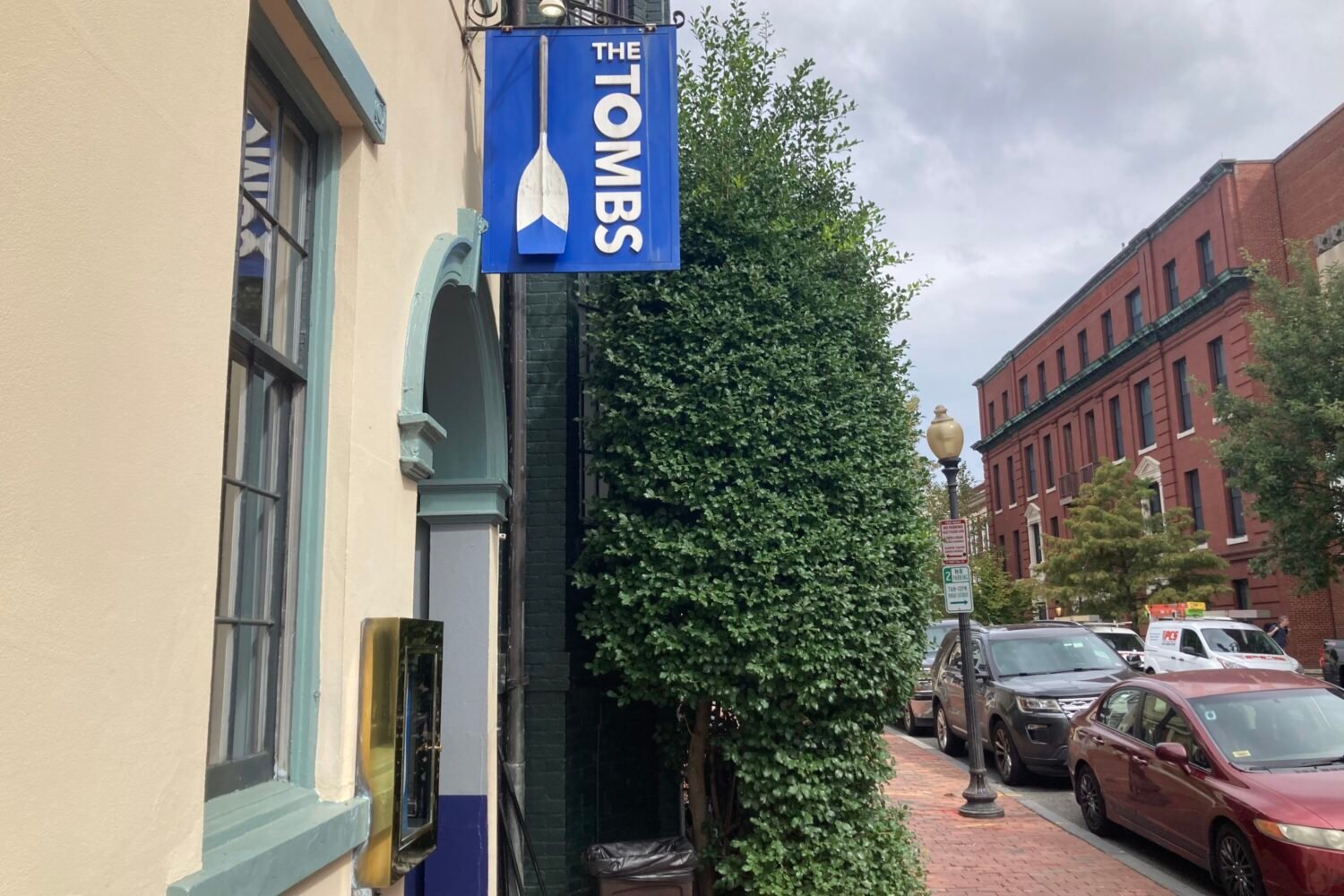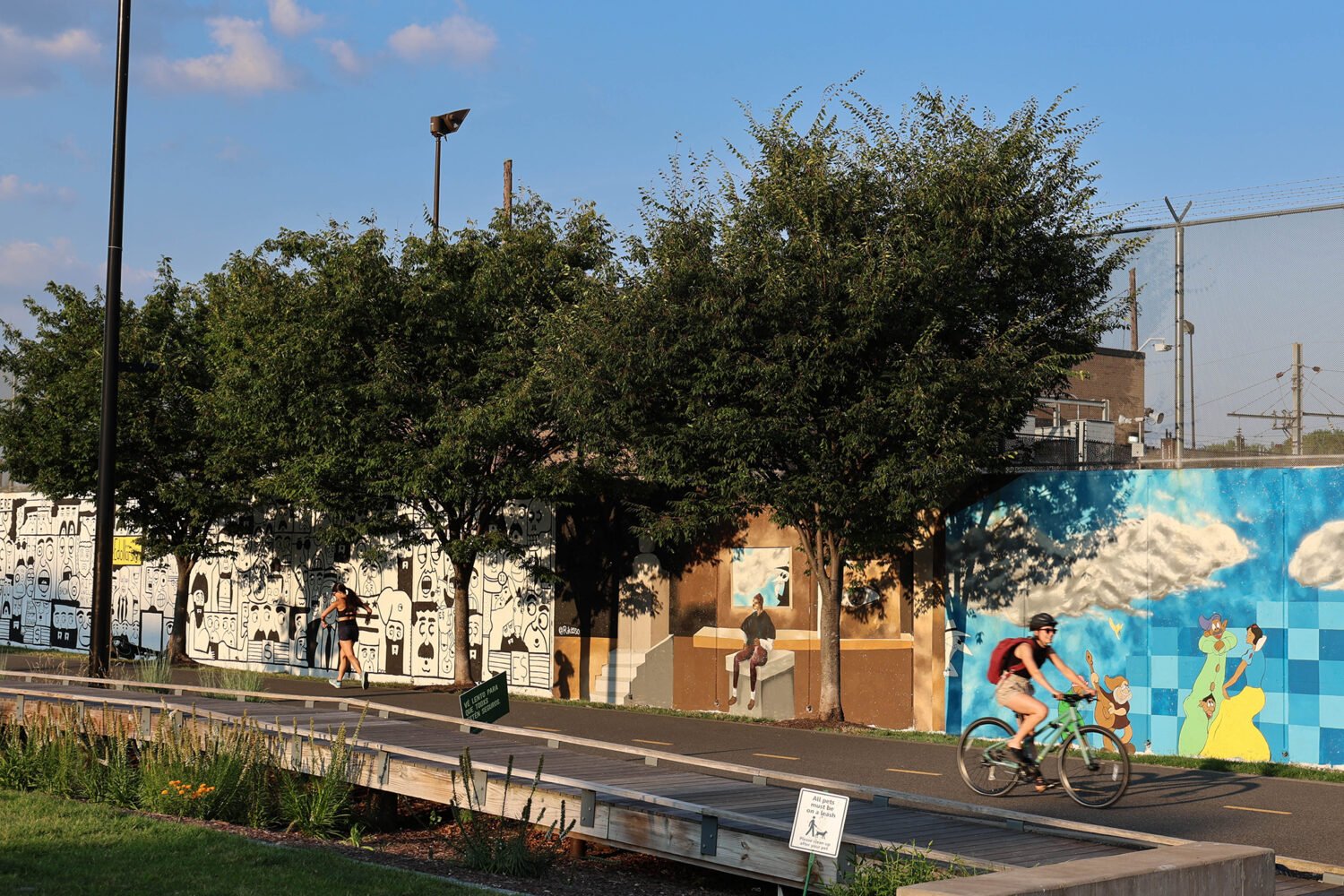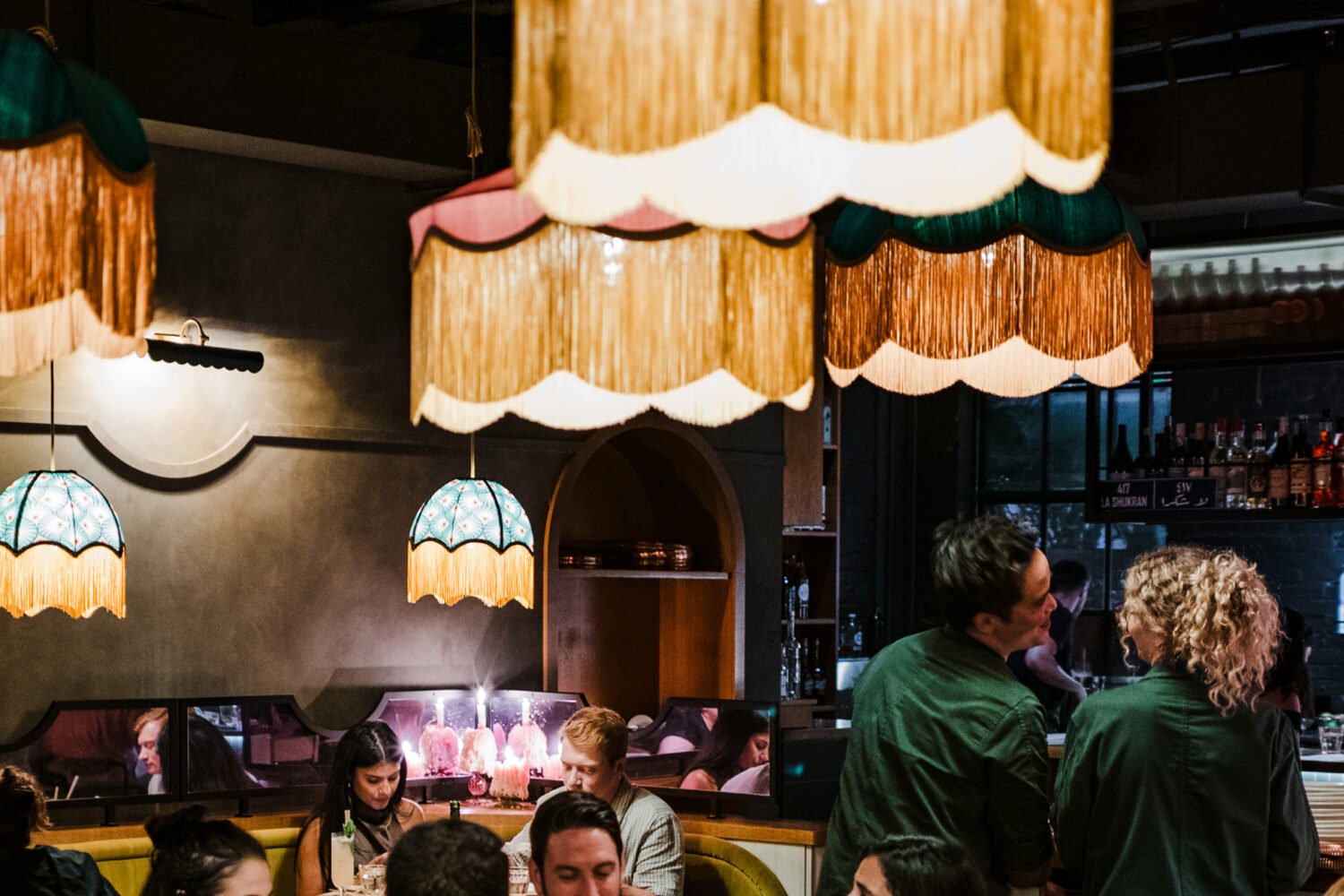The local food world reacted with shock last week when Suna, the avant-garde tasting menu restaurant in Eastern Market, announced rather unexpectedly that it was pulling the plug. Those of us who write about food for a living struggled to come up with a restaurant in recent memory that had traveled such a curious path—from hotly anticipated opening to closing without explanation in a little more than four months. Suna had endeavored from the start to be singular in every way, and it realized that ambition perhaps more in its sudden death than in its abbreviated life.
Of all the curiosities of Suna’s brief run, perhaps the most curious was that it did not nab a single review from a major publication.
There’s a reason for that—or at least in my case there was. I was still trying to decide what I thought of the place.
Oh, I wrote a lot about Suna—just not publicly, aside from a few sentiments shared quickly in my online chat. In long notes to myself, and in e-mails to my friends and wife, I worked through my thoughts and feelings about the place over a period of two months.
I can’t remember the last time I sat on a place for so long. Maybe never. There are some restaurants that, 15 minutes after I have walked through the door the first time, I know what I want to say. Two visits usually clarifies my thinking, and three tends to solidify it.
I had two dinners at Suna, literally almost two months to the day apart, and was waiting as long as I could to make a third and final visit. I suppose part of me was hoping Suna would undergo some kind of time-lapse evolution in the interim—that it would mature and become the restaurant I thought it could be.
The 27-year-old chef, Johnny Spero, is an alumnus of the kitchens of Komi and the former Town House, in Chilhowie, Virginia. He has an unerring sense of how to create balance among disparate elements, he shopped and foraged wisely, and the best of his dishes achieved that synthesis of clarity and intensity that is the hallmark of many of the top kitchens in the country. These dishes were presented on beautiful ceramic plates made specially for Suna, in a room that had a simple, almost Shaker-like beauty. The staff was comparable in its warmth and sincerity to the staff at Komi, with the same level of belief and investment in the operation.
There is a “but” coming, and as someone who lives to eat and loves nothing more than to see a chef push himself, it almost pains me to say it.
For a restaurant that seemed to understand so much of what a restaurant at this level should be, Suna got so many simple things wrong.
Four courses for $48 or eight courses for $78 is not a bad deal, perhaps, when you compare it to the three digits commanded by most tasting menus—but for a chef who is not Ziebold, Andrés, or Richard, and moreover, one who had never so much as run his own kitchen?
And Spero, for all his gifts, often seemed more interested in provoking than in satisfying.
Each meal had its fascinations. In a composition of root vegetables, all of them had been cut into identical cubes, but none of them had been prepared the same way, so that eating was a moment-by-moment discovery. A seaweed-flavored cracker transported you to the beach, its astonishing whiff of saltwater preparing you for the bright salad of peekytoe crab that lay beneath it.
Both dishes were virtuosic, but they also left you a little cold, in the way some MFA-program novels—with their look-at-me pyrotechnics at the level of the sentence and not much interest in character, story, or philosophy—sometimes do.
The best dish at both meals was the same: a dashi custard with scallop, pickled mushroom, and seaweed that was at once sweet and savory, salty and creamy, firm and soft. It was brilliant—easily among the most delicious things I have eaten in the past year.
One of the most interesting things about Spero’s cooking is that it was not really Western, even when there were Western ingredients. The starting point, compositionally, was never meat—featuring it, extracting its juices for a sauce, playing off it to fill out the plate, as most chefs in Europe and America are trained to do. Often as not, it was a vegetable or a grain that inspired Spero, particularly their textures. For this reason, I suspect, he also liked to experiment with hot and cold; many dishes were served cool, or at room temperature. (Heat, as many Japanese cooks seem keenly aware, tends to mask differences.)
Spero was enthralled with textures; some dishes seemed to have been conceived simply for the sake of exploring textural differences. A squab dish was fascinating in this sense. The dominant elements were shavings of sunchoke, toasted oatmeal, and pulverized broccoli florets that acted as a sort of green vegetal bread crumb. Not only was the squab not the star; it was barely a supporting player. Any other chef would have sacrificed several inches of prime tattoo space to showcase a meat like this, with an intensity of flavor that even a long sip of red wine could only diminish. Spero, upending expectations, submerged it beneath a fan of sunchokes and a mound of oatmeal.
Dining at Suna, I often had the sense that a graduate of the Rhode Island School of Design had commandeered a kitchen, staging dinner as concept art and exploring the theoretical possibilities of form and color.
In other words, I was often as frustrated as I was fascinated.
What was the rationale for presenting so many dishes at the very edge of a large plate, as if they were slithering off in hopes of escape? Why, in a meal that cost $78 per person, was there only a Band-aid-size portion of pickled mackerel, a thumb’s worth of roast squab, and four bites of pork—and no lobster, caviar, truffles, or other luxury ingredients? What were cilantro stems and cilantro oil doing on an otherwise excellent dessert of charred-apple ice cream, malted milk crumbles, and compressed apple—other than to tell the diner the chef is bored by convention? And why after eight courses did I leave unfulfilled—not hungry, exactly (although a friend one night made me join him for a pizza after our meal), but not satisfied, either, and with a persistent feeling of regret, of missed opportunity.
Spero aimed high, and often pulled off what he attempted. The question at Suna was never execution. It was conception. Should his enormous technical know-how, vast culinary knowledge, and willingness to experiment have been expended on such dry, cerebral exercises?
A dinner at a restaurant is not a play. A play may unsettle and anger you and send you out of the theater in a state of existential agitation. It need not be entertaining to be good. But a restaurant has an obligation, first, to be delicious. Go ahead and challenge our assumptions. Shock our senses. But be kickass on the plate.
In the Top Chef age, you hear a lot of talk about originality and daring, and almost nothing about sensibility, wisdom, and judgment. Maturity is not sexy, and it cannot be ordered up overnight like a case of truffles. Spero has an impressive toolkit for such a young cook, but the one thing he is missing is the one thing he sorely needs: the ability to understand that he has not yet arrived at his own style, and is still a work in progress.

